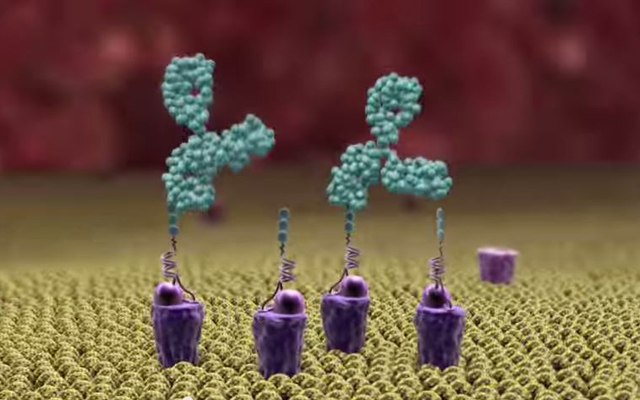We humans are a curious bunch - always trying to make sense of the world we live in. And not a bad thing it is - the never ending quest for answers to the
how? and
why? of everything that happens around us has put us on top of the intellectual packing order.
In distant past the basic questions would concern about nature - particularly the ever changing pattern of the heavens. Each tribe would have its own way of making sense of the movement of the Sun, the Moon, the planets and fixed stars. With little empirical information, most of the natural phenomena were attributed to some almighty force - a kind of deity.
But to our credit, the
how? and
why? persisted and it was not long before the Greeks came up with some very clever analysis of what might be happening up above. This was all good philosophy - unfortunately not backed by (even ignoring) much experimental evidence. Then, organised religion got involved too! No wonder it took 2000 years to reach some sort of sanity!
From being the centre of the Universe, the Earth is now rightly considered an average planet revolving round an average star situated in the suburb of an average galaxy.
Observation based science is merely 500 years old and it is amazing the progress we have made in such a short span of time. The
Scientific Method is what we rely on to test the validity of the answers to the
how? and
why?
When it comes to the study of the Cosmos, one can't help to appreciate the feeling of inadequacy. Imagine, standing in George Square in Glasgow and be asked to map out the geography of Europe. Difficult - may be impossible. Mapping the Universe is just a little more difficult! Remember:
The Earth and its near vicinity is the only observational point available to study the vastness of the Universe.
The main source of information is the radiation sent by the heavenly bodies of which the Earth intercepts a tiny amount.
In such a hopeless situation, it is not unreasonable to make a whole lot of assumptions. The laws of science are formulated, with a lot of axioms and faith, to explain what is happening on our planet. We then assume that the same laws apply with equal rigidity and precision to the whole of the Universe at all times; past, present and future. And we keep modifying our laws as well - along with them our view of the Universe! Remember the
'Age of the Earth and the Sun C
ontroversy' - because nuclear physics was not a mature field in the year 2000 and existing laws gave ridiculous answers.
Mix in a bit of human hubris - Eddington refused to accept the prediction that a massive star can collapse to a white dwarf state only a thousand kilometer across forcing Chandrasekhar to leave Cambridge. History is full of such incidences. But then this is what makes us human and makes life not feel too dull and boring.
Even the two essential and fundamental theories - Quantum Theory and Relativity - are not compatible with each other. We couldn't do without either of them. Does it mean that the laws of science as we know them might change drastically at some stage in the future? How it will affect the current view of the Universe is something I do not even wish to think about.
Anyway, in the course of lectures that I gave to communities in Glasgow area and at the University of Strathclyde, I shall present the slides which explain what we know of the Universe just now. No discussion of dark energy and dark matter will be found here. The presentation is suitable for a nonspecialist - my public talks are advertised as aimed for 10 to 100 years old. My oldest student (in 2010) is now 106!
The Universe is vast - unimaginably vast. Try explaining to a 10 years old how far the nearest galaxy is and we soon find ourselves lost for words. It is interesting that children can ask questions that appear simple - like, how do we know the distance of a star or how do we know the temperature of a star or what elements it is made of. Grown ups are much more reluctant to ask questions fearing that it will show their ignorance - not realising that these are pertinent questions for a non-specialist to explore.
I have always felt that adult education should be an important part of our education system - something we as a society have failed to address adequately. The local authority education department in Lanarkshire refused to have anything to do with the science talks because they did not see these as relevant. Government sponsored programmes like STEM in the UK will target school children but will not talk about organizing adult courses.
Scientists in general are too busy with research and teaching to pay serious attention about explaining their work and science and technology matters to the general public. Most public lectures tend to be one off and too difficult to be of much benefit to the public. Serious thinking is needed in this direction.













